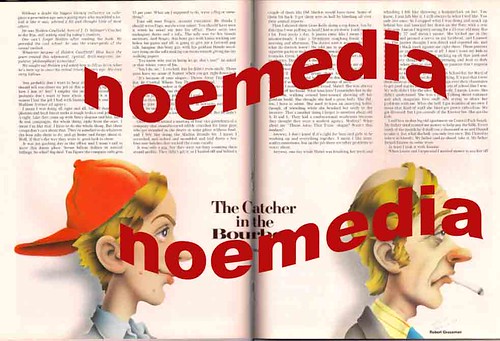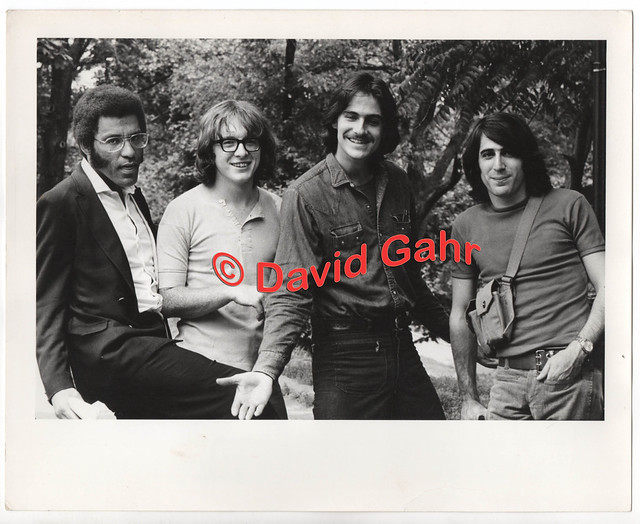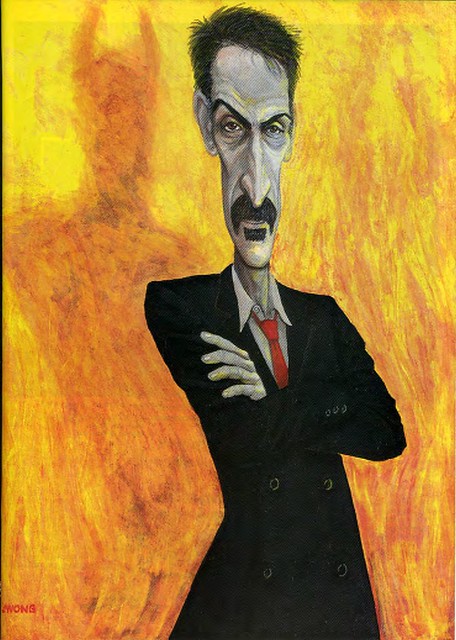The Robert Johnson Photo Controversy
Dave Rubin, author of this fabulous book ...
Robert Johnson: The New Transcriptions, is a great guitar instructor and scholar who really gets into the iconic history of his subjects.
More on that elsewhere. Meantime, notice on the cover photo …

… the absence of the cigarette in Robert's mouth, which was present in the original photo ...
…

… one of the other two known photographs of Johnson (aside from the recently discovered one with Johnny Shines), a postage stamp-size one thought to have been taken in a booth in the 1930s [the "photo booth" pic]. It was first published in Rolling Stone in 1986, the year that Johnson was inducted into the Rock and Roll Hall of Fame, and shows him in a button-down shirt, staring directly at the lens. A cigarette hangs from his lips and his long fingers rest on a guitar neck.
When the image was used to make an actual USPS postage stamp honoring Johnson, the ciggy was airbrushed out.
Dave had
this to say about this picture …

:
" … when Fred Sokolow ("… my FB friends should know that Fred is one of the pioneer and premier authors of books and videos on blues, jazz, country, folk music, etc. A terrific performer, too. Please check him out.) asked, "How do you like the new photo with zoot suits?"
Quoth Dave: "I like it a lot, Fred, and sincerely believe it to be RJ and Johnny Shines (his daughter agrees). I know the owner of the photo personally and saw it the day he received it after winning it on Ebay. I have been involved in helping him research it ever since then and was interviewed for a feature about the photo in
Vanity Fair a few years back. As you may or may not know, the "blues police" went ballistic over the photo and have ramped up their attacks again since Getty got the rights …"
This was back in February, and I pondered it, resolving to do something about it on my blog, wherein I also contributed to the literature about these photos:
"… Thanks, Dave, did not know the level of your scholarship. I will have to update my
blog entry about this. I will post it here when I get done. Pierre de Beauport brought this up last week in a FB post. If you guys are not already friends, you should be. He was one of my guys at Guitar World along with Perry Margouleff."
So here we will digress momentarily as Noe the G basks in the sunshine of Dave's love:
Dave Rubin: "Noe, ever since you gave me my start in 1988 I have been fortunate to have the opportunity to author blues, classic rock, some jazz and country books for Hal Leonard (@ 80 and counting) as well as being musical director/player on a number of instructional DVDs and freelance writing for the mags. My FB friends should know that you are a pioneer in guitar journalism and publishing, put Guitar World on the map, are an ace blues harp player, a Hendrix expert, among other artists and the coolest
mensch I know!"
Noe Gold: "Thanks, Dave! I am still writing, watch for my article about a Jimi Hendrix biopic which quotes Kathy Etchingham and Roger Mayer, coming out in
Variety this Thursday Feb. 21 and later on my
blog Doctor Noe's Gadget.
This exchange with Fred Sokolow fills us in on the players, Steve LaVere, Mack McCormick, the Getty Photo Agency:
Fred Sokolow: "Dave, thanks for the kind words. I didn't know you were so involved in that photo. So somebody bought it on Ebay? I had read that one of Robert's heirs gave it to the Getty. So that's misinformation? By the way, do you know if the nieces (?) of Johnson who signed off on the publishing rights, to Steve LaVere, ever got any money from that CD project?"
Dave Rubin: "Fred: My friend owns the original but sold the reproduction rights to Claude Johnson and his family. They in turn just licensed it to Getty for a set length of time, I think. I do not know the arrangement that Steve made with the half-sister, heirs, etc. I know he owns the rights to the other two photos (there is another studio/pinstripe suit photo that Mack McCormick owns, but has not been published). Steve owns copyrights to the tunes…"
Right here, it would be good to fill you in, if you are interested, in why I am qualified to speak, aside from my credentials as the Founding Editor of Guitar World:
 Noe Gold:
Noe Gold: "Hal Leonard put out a bunch of my JH books (and cd combo)…"
RazorRob Cole: "Noe, would you mind defining JH please?"
Noe Gold: James Marshall Hendrix
"Smash Hits" Book by Noe Gold
[JimiExperience-Smash Hits Book by Noe.jpg]
This comment on YouTube is typical of the naysayers who doubt the "pinstripe photo" is really Robert:
"… Is it not common knowledge that there are only two photographs of Robert Johnson in existence, and this has been the case for the last 70-odd years? Obviously the two are the "photo booth" image and the posed one with Gibson guitar and immaculate attire. Is the boy in the straw hat meant to be RJ? Because to me it doesn't look like him."
So a visit to the Vanity Fair Article would be in order:
Searching for Robert Johnson
Only one known pic of Mr. Johnson?
This whole discussion was engendered by my friend Pierre De Beauport:
Pierre De Beauport 2-5-13:
Robert Johnson Photo #3
http://www.facebook.com/photo.php?fbid=10151724710357785&set=a.10150116771327785.309801.642757784&type=1&theater
and so, it looks like I will have to finally update my blog post, because, as Dave said …
" … the "blues police" went ballistic over the photo and have ramped up their attacks again since Getty got the rights …"
To put a final nail in it,
this article in the Guardian of 2-2-13 was fairly conclusive:
Robert Johnson: rare new photograph of delta blues king authenticated after eight years.
Forensic examination of old photo identifies the Mississippi guitarist …
… Forensic work on the photograph began in 2007, when Lois Gibson, who found the identity of the sailor kissing the nurse in the Life magazine photo of Times Square on VJ day the second world war ended, has ruled that "it appears the individual is Robert Johnson. All the features are consistent, if not identical." The only differences, she added, were due to the angle of the camera or the lighting.
That article does have this info about Dave Rubin's friend:
"… The new photograph came to light eight years ago, when a classical guitarist called
Steven "Zeke" Schein was searching eBay for an old guitar. He spotted a thumbnail picture with a caption that read "Old Snapshot Blues Guitar BB King???" and bought it. On inspection, neither man in the photograph looked like BB King, but Schein noticed the length of the man's fingers on the guitar and the way his left eye was narrower than his right.
One of the other two known photographs of Johnson is postage stamp size and is thought to have been taken in a booth in the 1930s [the "photo both" pic].

It was first published in Rolling Stone in 1986, the year that Johnson was inducted into the Rock and Roll Hall of Fame, and shows him in a button-down shirt, staring directly at the lens. A cigarette hangs from his lips and his long fingers rest on a guitar neck.
The second image was taken at the
Hooks Bros photographic studio in Memphis. In it, Johnson sits cross-legged on a stool with his guitar, wearing a pin-striped suit and a tie. This portrait was used on the cover of Robert Johnson: The Complete Recordings, the two-CD boxed set issued by Columbia Records in 1990.
[RobertJohnson-Hooks Bros Studio.jpg]

Dave Rubin should have the last word on this discussion …

[RobertJohnsonPhotoBooth.jpg]
http://www.flickr.com/photos/doctor_noe/9536402148/in/photostream/

"… I like to refer to RJ as the 'story that never ends,'" he says, "Similar to Jimi (Noë!), people get a little crazy and possessive around him and weirdness occurs. …"

_________________________________



























